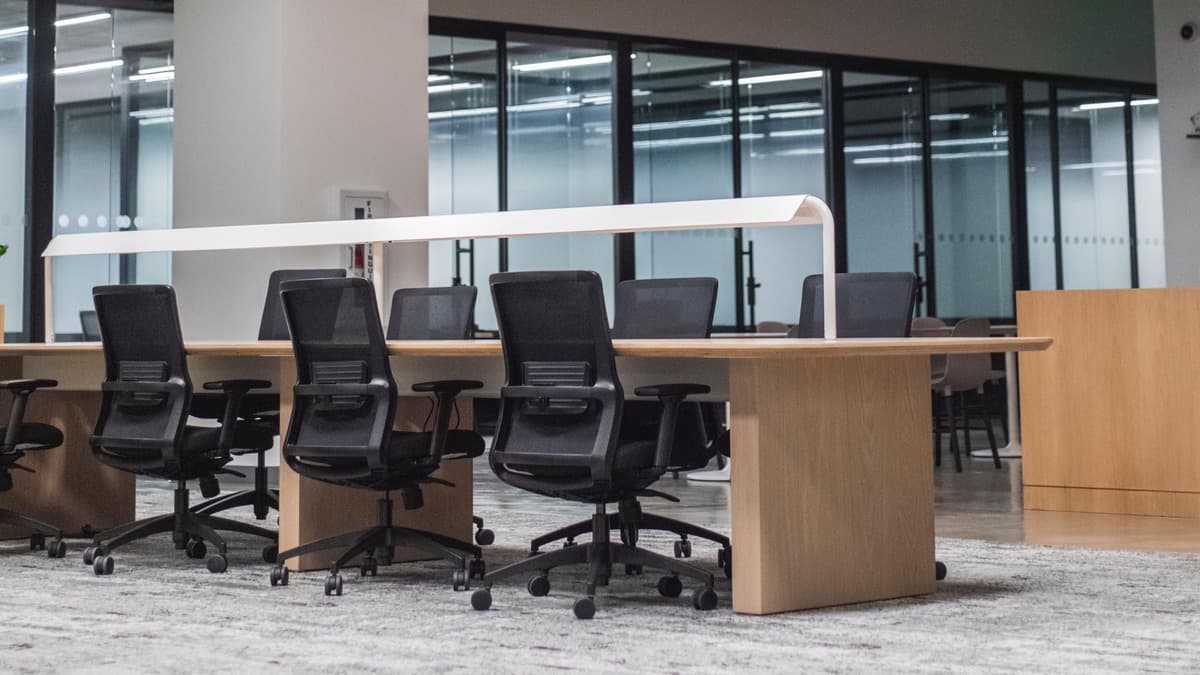With more and more companies trying to get employees back to the office, one of the most important decisions is where to set up your office.
The right office space can boost productivity and increase employee morale. This can also be a daunting task if you are not familiar with the various options available to you. Here’s a crash course on how to find the right office for your business.
Traditional Lease
A traditional lease is a long-term agreement between a tenant and a landlord. Typically traditional leases require a minimum of three years, and the tenant is responsible for all operational expenses such as rent, utilities, maintenance and insurance. One of the primary benefits of a traditional lease is that it offers stability and control over the office space. You are able to fit out the space to a specific need. However, traditional leases can be expensive and require significant CAPEX upfront.
Sublease
A sublease is an agreement between a tenant and a third-party subtenant. The subtenant rents the office space from the tenant, who remains responsible for the primary lease agreement with the landlord.
Subleases are best suited for businesses that require flexibility and are not yet ready to commit to a long-term traditional lease. However subleases can be risky, you do not have direct communication with the landlord, which can create complications in the event of disputes or unexpected changes in the lease term.
Additionally, subleases may not include all operating expenses, such as IT infrastructure. We saw this occur with one of our clients who decided to opt for a sublease and only later realised that there were hundreds of thousands of dollars to be paid in extra set-up costs that they weren’t aware of. Before signing anything, be sure to understand all of the costs involved – not simply the cost that gets you in the front door.
Flexible Space
Flexible workspace, also referred to as flex space, is an all-encompassing term for several types of workspaces including coworking spaces, hot desks, managed offices, serviced offices, and virtual offices.
Flex space offerings are best suited for businesses with changing business objectives that require flexibility and agility. It can also be useful for a project or overflow space if you have an existing long-term lease.
Flex space offerings provide businesses with the ability to rent office space for a shorter term, typically a few months to a year, without the upfront costs and commitment associated with traditional leases. While every flexible workspace may look a little different, many share the basic elements of open-plan layouts, quiet areas, shared utilities, and adaptable workstations, like standing desks, phone booths, or coffee bars.
Additionally, flex spaces often provide opportunities for networking and collaboration with other businesses in the same space. There are also many other benefits that might not always be highlighted like events that can upskill your employees, lunch and learn sessions and monthly drinks.
When considering office space options, it is essential to consider and understand the costs, duration and benefits of each option before making your decision. Ultimately the right office space for your business will depend on your specific needs.
Traditional leases, subleases and flex space each offer unique benefits and drawbacks that businesses must consider. By understanding the various office space options available, you can make an informed decision that will help your business thrive.
Keep up to date with our stories on LinkedIn, Twitter, Facebook and Instagram.

